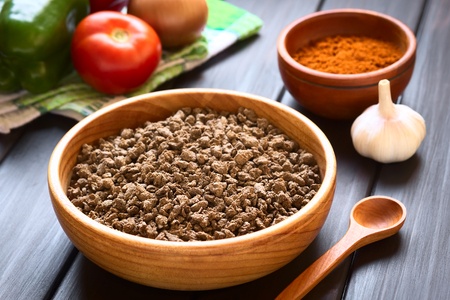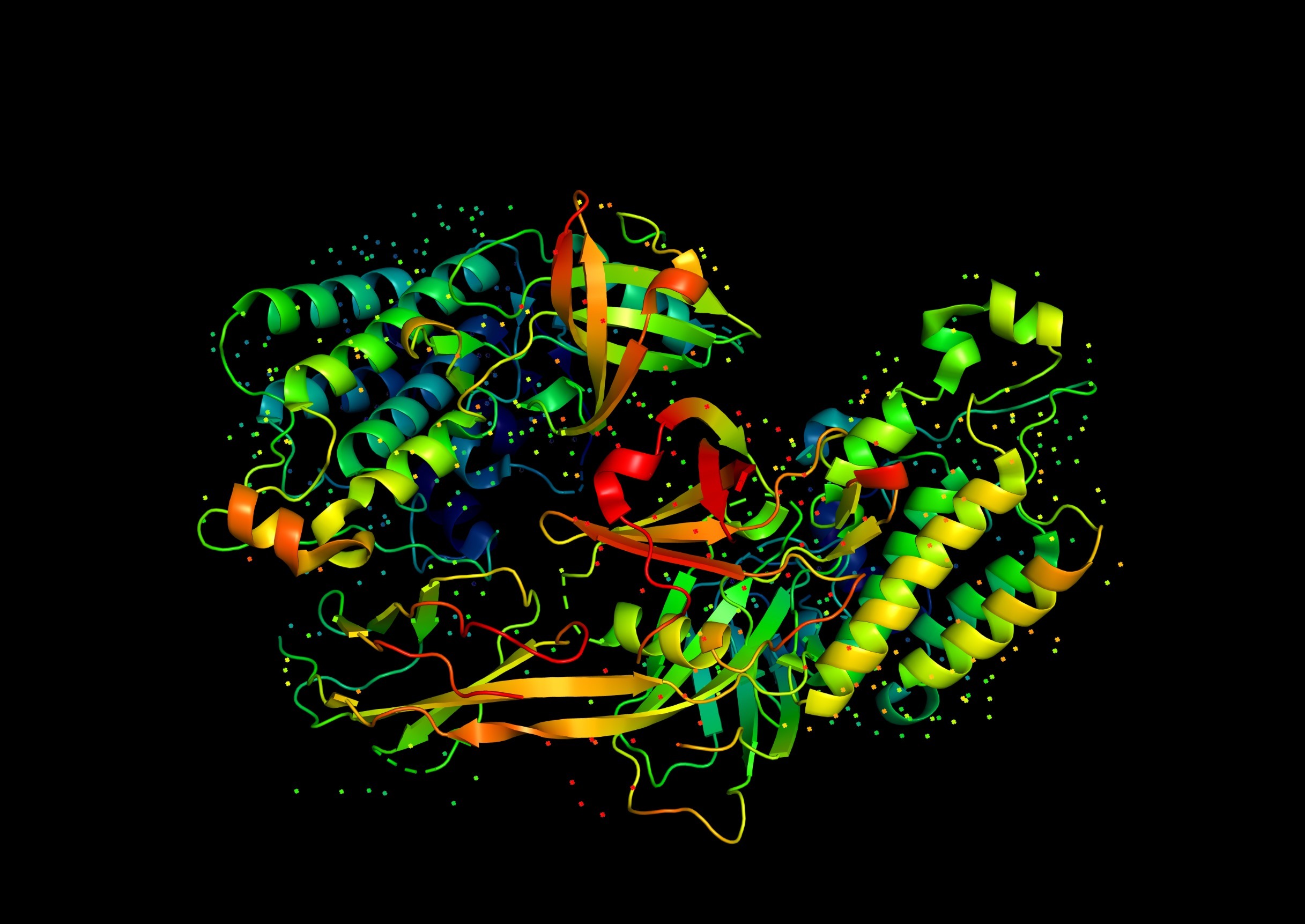
Meat substitutes may seem an odd term nowadays for the vegetarian or vegan given that plant based foods are the ones being eulogised. When you look at the range of meat-like products like vegetarian burgers and sausages for example, most if not all make use of nuts, beans and soy protein. Indeed, there is a strong desire even amongst meat lovers to reduce the amount eaten by seeking out products where some of the meat has been replaced with another palatable (and it must certainly be palatable) ingredient. Customer appeal is everything and successfully making the food look like meat is one of the key attributes.
Soy protein is a popular choice for product developers seeking the vegetarian alternative. The strong functional property we find in designing veggie foods for others is the fact that they have a much higher water holding capacity compared to other protein gels and they can be quite firm if wanted. There is nothing worse than a dry, chewy veggie burger and we have made many of those without using a good quality soy protein.
Soy protein even in its textured form is nutritionally of value because even when added as a partial substitute, it can produce a leaner meat product but with higher protein levels in it. It doesn’t discolour either during storage. There is also an environmental impact and food sustainability aspect to consider.
Soy Protein In Product Development
When identifying a soy protein for texture, we look for those which retain moisture so they produce a juicy product after heating. It’s the heating process, usually frying, grilling or barbecuing which produces the ultimate product. We know that meat releases its water when cooking occurs but surprisingly soy protein gels in particular hold up to six times their weight of water. This particular property can be used in a range of applications including vegetarian Scotch eggs – the coating around an egg.
For retort or kettle-cooked foods which include vegetarian lasagne fillings and chilli, we find that textured soy protein will absorb fats. This is ideal but not always successful but it does give a sense of an improved product look. We always look to use soy protein as a way of improving viscosity and extending the shelf-life of a product.
The leading suppliers are Dupont, Solbar Industries and Cargill.
Cargill discuss their protein on their global web-site. They have Prolia™ soy flour, Prosante Plus™ and Prosante™ textured soy flours. The Plus form is a flavoured soy flour. Both Prosante soy flours are used for partial meat replacement as well as being applied in notable vegetarian applications. We find Prosante is the ideal choice in some of our sausage applications because it holds water relatively well especially during the cooking phase. It also seems to have a good mouthfeel in the eating and given that a slight amount of browning is necessary anyway for a convincing grill, will also give a brown streak on the surface.

Leave a Reply